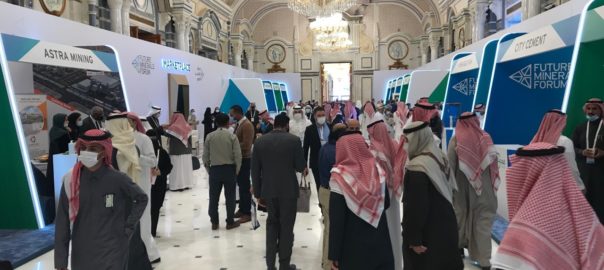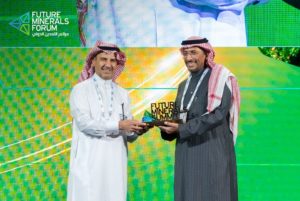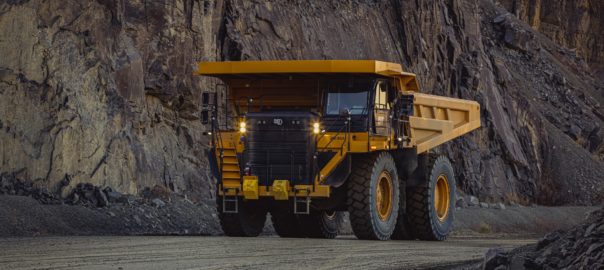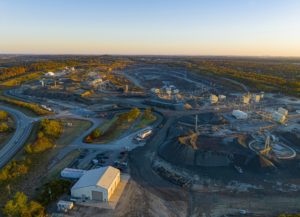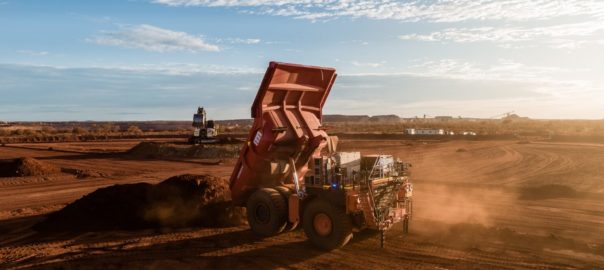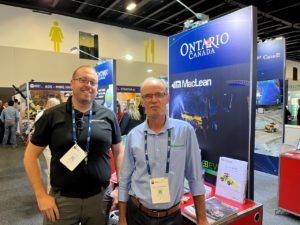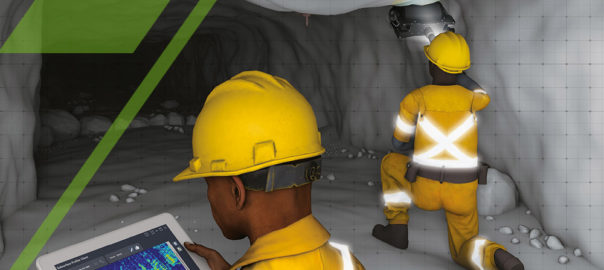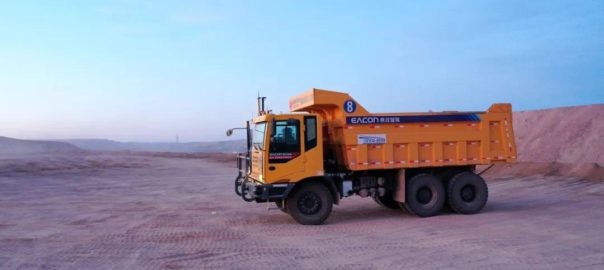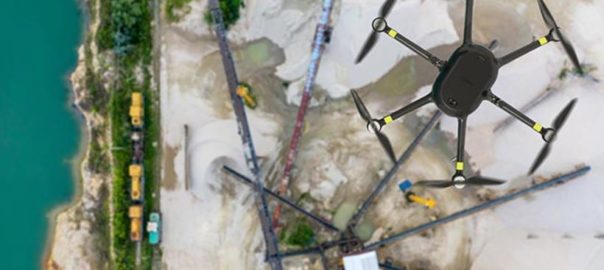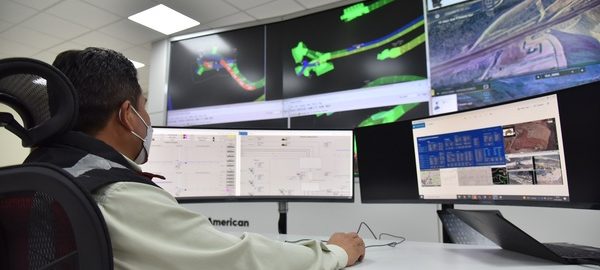Valmet and Karara Mining Ltd have signed a two-year service agreement for the delivery of filter cloths for tailings filtration to Karara’s mine in Western Australia. The agreement is effective as of November 1, 2022. The statement says the agreement ensures that Karara Mining has filter cloths for tailings filtration always available and provides support in maximizing the reliability of the process.
“We have been cooperating with Valmet for years and have run several trials with their cloths. We trust their product quality, expertise, and excellent customer service. Tailings management today is at the core of our operations. In order to be sustainable in the mining sector, there are no compromises in respect to tailings,” says Gavin Kelly, Production Manager atKarara Mining.
“It has been a privilege to work closely with Karara to find the right filter cloths for their process. With Valmet Press Filter Fabrics, both the cloth lifetime and the productivity of their tailings plant have increased significantly. I’m happy to see that we have been able to support Karara in reaching their sustainability targets,” says Michael Murphy, Product Sales Manager, Australia, Asia Pacific, Valmet.
In addition to a continuous stock holding of Valmet Press Filter Fabrics in Perth corresponding to a four months’ usage, the agreement includes regular technical, R&D and continuous improvement service site visits by a Valmet filtration expert. There is also potential for including Smart Cloth Monitoring – a Valmet Industrial Internet application – to optimise filtration performance.
Karara is the largest mining operation and the first major magnetite mine in the Mid-West region of Western Australia. It produces a premium, high-grade concentrate product for export to steelmakers at a design production rate of 8 Mt/y. The operation includes a large open pit mine, complex ore processing, beneficiation plant, significant infrastructure and logistics networks.








